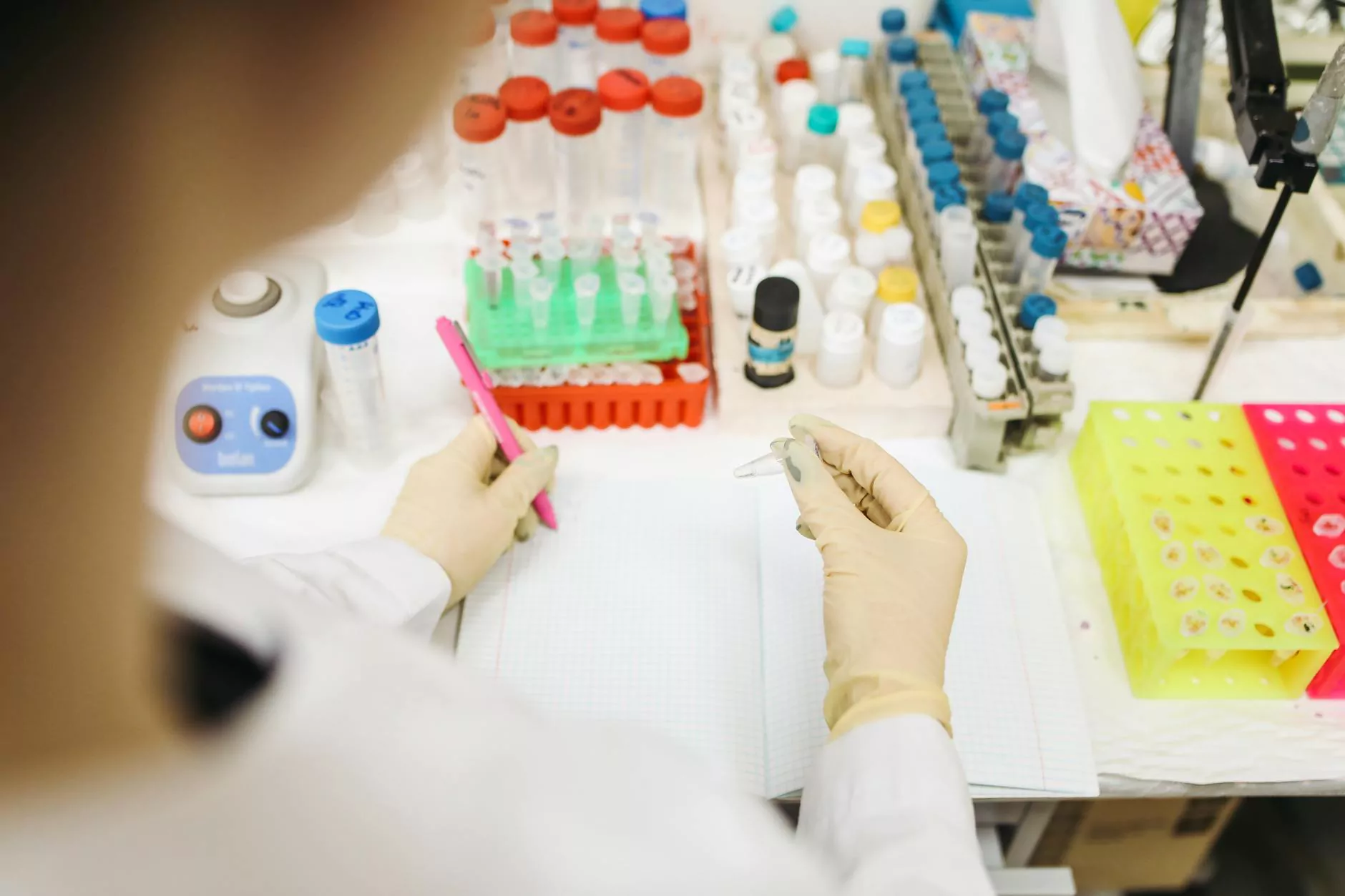Understanding the Hysterectomy Surgery Procedure: A Comprehensive Guide

The hysterectomy surgery procedure is a medical treatment that involves the surgical removal of the uterus. For many women, this procedure can be a vital step toward improved health and quality of life. In this article, we will delve deeply into the details surrounding hysterectomy, discussing its indications, various types, surgical techniques, recovery process, and what patients can expect after surgery. Our goal is to provide you with well-researched and thorough information that highlights the importance of understanding this surgical procedure.
What is a Hysterectomy?
A hysterectomy is defined as the surgical removal of the uterus and, in some cases, surrounding structures such as the cervix, fallopian tubes, and ovaries. This procedure can be performed for a variety of reasons, including but not limited to:
- Uterine Fibroids: Non-cancerous growths in the uterus that can cause excessive bleeding or pain.
- Endometriosis: A condition in which tissue similar to the lining inside the uterus grows outside it, causing pain and irregular bleeding.
- Uterine Prolapse: A condition wherein the uterus descends into the vaginal canal due to weakened pelvic muscles and ligaments.
- Abnormal Uterine Bleeding: Heavy or irregular bleeding not resolved by other treatments.
- Cancer: Certain types of cancer affecting the uterus, cervix, or ovaries may necessitate a hysterectomy.
Types of Hysterectomy
There are several types of hysterectomy surgery procedures, and the type performed largely depends on the patient's specific medical condition. The most common types include:
1. Total Hysterectomy
A total hysterectomy involves the removal of the entire uterus along with the cervix. This is perhaps the most common form of hysterectomy, especially for women with conditions such as uterine fibroids or endometriosis.
2. Partial (or Subtotal) Hysterectomy
A partial hysterectomy removes the upper part of the uterus while leaving the cervix intact. This option may be considered when conditions affect only the upper uterus.
3. Radical Hysterectomy
A radical hysterectomy includes the removal of the uterus, cervix, surrounding tissue, and, often, the ovaries and fallopian tubes. This procedure is generally reserved for cases of cancer.
4. Laparoscopic Hysterectomy
A laparoscopic hysterectomy utilizes small incisions and a laparoscope, resulting in less pain and quicker recovery times than traditional open surgery. This method can be used for total or partial hysterectomies.
Preparing for Hysterectomy
Preparation for a hysterectomy surgery procedure involves several crucial steps to ensure the best possible outcome:
- Consultation: Have a thorough discussion with your healthcare provider about your symptoms, medical history, and the risks and benefits of the procedure.
- Preoperative Tests: Your doctor may order blood tests, imaging tests, or other evaluations to assess your health status.
- Medications: Discuss any medications you are currently taking. You may need to stop blood thinners or other medications before surgery.
- Fasting: Typically, you will be instructed to fast for several hours before the surgery.
The Hysterectomy Surgery Procedure
The actual hysterectomy surgery procedure can vary depending on the type of hysterectomy being performed. Below are the general steps involved in a typical hysterectomy:
1. Anesthesia
Patients are typically given general anesthesia, which means they will be unconscious during the surgery, or regional anesthesia, which blocks pain in a specific area. The choice will depend on the type of surgery and the patient's health.
2. Incision
The surgeon will make an incision — this could either be a large incision in the abdomen (open surgery) or several small incisions in the abdomen (laparoscopic surgery).
3. Removal of Uterus
The surgeon carefully removes the uterus. If necessary, the cervix, ovaries, and fallopian tubes may also be removed, depending on the type of hysterectomy.
4. Closing the Incision
After the uterus has been removed, the surgeon will close the incisions with stitches or staples. If a laparoscopic approach is used, the incisions will be very small and typically leave minimal scarring.
Recovery After Hysterectomy
Post-operative recovery is a crucial phase following a hysterectomy surgery procedure. Recovery experiences can vary significantly based on the surgical method:
1. Hospital Stay
Patients who undergo laparoscopic hysterectomy may be able to go home the same day, whereas those who had open surgeries might need to stay in the hospital for 1 to 2 days.
2. Rest and Activity
It is essential to allow the body adequate time to heal. Patients are generally advised to rest and avoid strenuous activities for several weeks.
3. Pain Management
Some discomfort is expected post-surgery, and doctors will prescribe pain relief medications. It's important to communicate with the healthcare provider about pain levels.
4. Follow-Up Visits
Regular follow-up appointments are necessary to monitor healing and address any concerns. Typically, the doctor will schedule a visit within 6-8 weeks post-surgery.
Potential Risks and Complications
As with any surgical procedure, a hysterectomy surgery procedure comes with potential risks and complications. These may include:
- Infection: Like any surgery, there is a risk of infection at the incision sites.
- Bleeding: Excessive bleeding may occur during surgery or post-operatively.
- Damage to Surrounding Organs: In rare cases, adjacent organs may be inadvertently harmed during the procedure.
- Hormonal Changes: If the ovaries are removed, patients may enter menopause prematurely.
- Emotional Effects: Some women may experience emotional distress post-surgery due to hormonal changes or the impact on their identity.
Living After a Hysterectomy
After the recovery period, many women notice significant improvements in their quality of life. Hysterectomy can alleviate various health issues and enhance overall well-being. Here's what to consider going forward:
1. Hormonal Balance
Women who have their ovaries removed may need hormone replacement therapy (HRT) to manage symptoms of menopause such as hot flashes or mood changes.
2. Regular Check-Ups
Maintaining regular gynecological check-ups is crucial for monitoring health post-hysterectomy.
3. Emotional Support
Some women might benefit from counseling or support groups to navigate any emotional or psychological effects post-surgery.
Conclusion
Understanding the hysterectomy surgery procedure is an essential step for women facing reproductive health issues. With the guidance of a qualified healthcare professional, patients can make informed decisions that align with their health needs and personal circumstances. Remember, while the hysterectomy can be a life-changing procedure, it’s vital to consider all aspects, including the risks, benefits, and potential impact on life after surgery. Empowering yourself with knowledge will not only facilitate a smoother surgical journey but also lead to a healthier, more fulfilling life afterward.
For more information on hysterectomy or to schedule a consultation, visit drseckin.com and take the first step towards understanding your health better.









